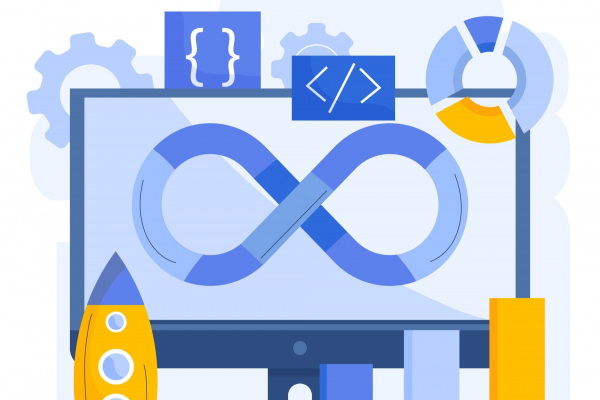Enterprise application development is a cornerstone of modern business operations, enabling organizations to streamline processes, enhance productivity, and maintain a competitive edge. As we navigate through 2025, the landscape of enterprise app development is evolving rapidly, presenting both opportunities and challenges. Understanding these challenges and implementing best practices is crucial for businesses aiming to leverage technology effectively, and a enterprise transformation consultant like STL Digital goes a long way.
1. Scalability
Challenge: As businesses grow, their applications must handle increasing volumes of data and users without compromising performance. Ensuring scalability is vital to accommodate growth and prevent system bottlenecks.
Best Practice: Design applications with a microservices architecture, allowing individual components to scale independently. According to Gartner, utilizing cloud services can also provide on-demand scalability to meet fluctuating demands.
2. Security and Compliance
Challenge: With the rise in cyber threats and stringent data protection regulations, ensuring the security and compliance of enterprise applications is more critical than ever.
Best Practice: Implement robust cyber security protocols, including encryption, multi-factor authentication, and regular security audits. Stay updated with regulatory changes to ensure compliance and protect sensitive data.
3. Integration with Existing Systems
Challenge: Many enterprises operate with legacy systems that are deeply embedded in their operations. Integrating new applications with these existing systems can be complex and may lead to compatibility issues.
Best Practice: Utilize middleware solutions and APIs to facilitate seamless integration. Conduct thorough testing to ensure new enterprise applications can communicate effectively with legacy systems without disrupting existing workflows.
4. User Experience (UX)
Challenge: Employees and customers expect intuitive and efficient interfaces. According to WSJ, poor UX can lead to decreased productivity and user dissatisfaction.
Best Practice: Engage in user-centered design practices, conduct usability testing, and gather feedback to create interfaces that meet user needs and enhance overall satisfaction.
5. Maintaining App Performance
Challenge: Ensuring consistent application performance is essential for operational efficiency. Performance issues can lead to downtime and loss of productivity.
Best Practice: Regularly monitor application performance using data analytics tools, optimize code, and conduct load testing to identify and address potential bottlenecks proactively.
6. Rapid Technological Changes
Challenge: The fast-paced evolution of technology means that applications can quickly become outdated, leading to increased technical debt.
Best Practice: Adopt agile development methodologies, such as STL Digital’s XSecDevOps™ to allow for flexibility and quick adaptation to new technologies. Invest in continuous learning and App Development for your IT team to stay abreast of technological advancements.
7. Resource Constraints
Challenge: Limited resources, including budget and skilled personnel, can hinder the development and maintenance of enterprise applications.
Best Practice: Prioritize projects based on business impact, consider outsourcing or partnering with specialized firms, and leverage low-code or no-code platforms to reduce development time and resource requirements.
Relevant Statistics and Reports
- Adoption of Low-Code Platforms: According to Forrester, low-code markets could approach $50 Billion by 2028, this would help accelerate time to market, and foster collaboration between business stakeholders in application development.
- Technical Debt Concerns: Forrester predicts that by 2026, 75% of technology decision-makers will experience a moderate to high level of technical debt due to the rapid development of AI solutions, adding complexity to IT landscapes.
- Growth in Enterprise Applications Market: IDC forecasts that worldwide revenue for enterprise applications grew 12% in 2023 and it is forecasted to surpass $600 Billion in 2028.
In conclusion, addressing these challenges requires a strategic approach that encompasses adopting modern architectures, prioritizing security, ensuring seamless integration, focusing on user experience, maintaining performance, staying updated with technological advancements with a partner such as STL Digital, and managing resources effectively. By implementing these best practices, enterprises can navigate the complexities of app development and position themselves for success in 2025 and beyond



